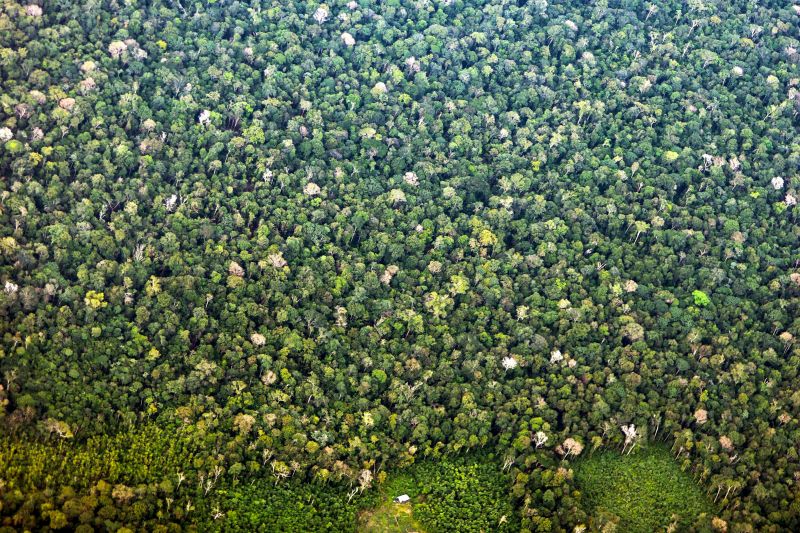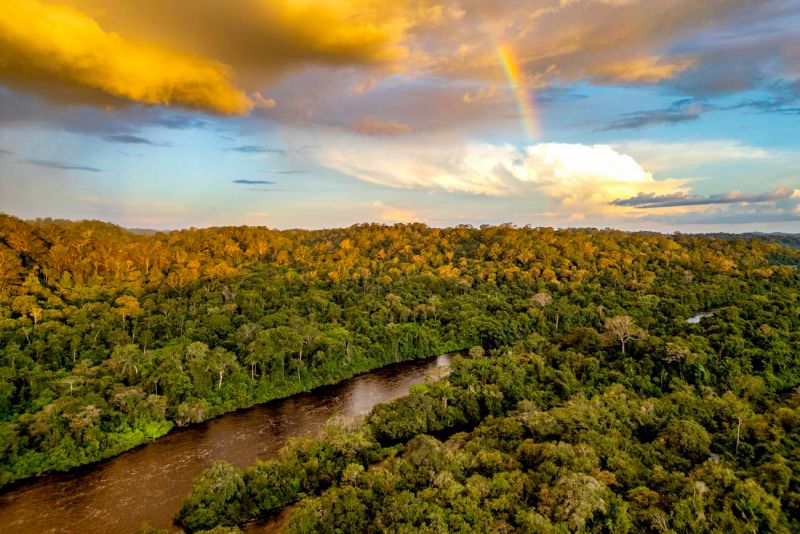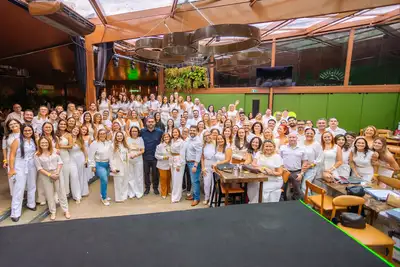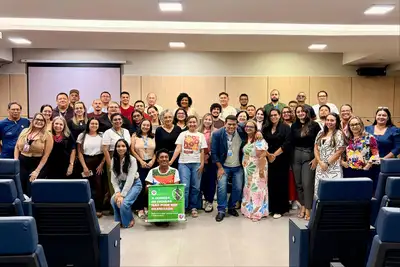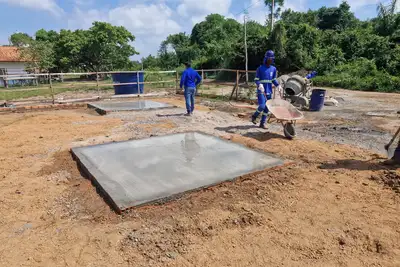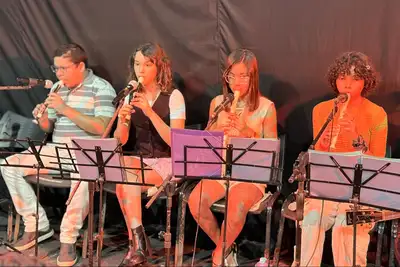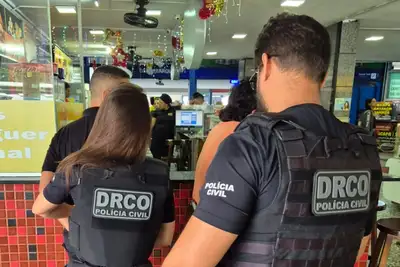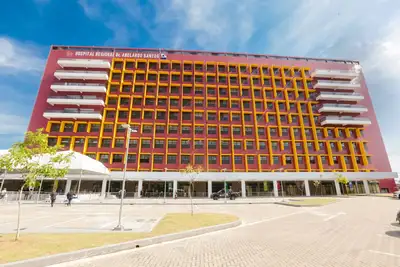Conservation units in Pará protect forests, regulate the climate, and form natural barriers against the effects of climate change
60% of the territory of Pará is composed of protected areas. There are 75.6 million hectares that include federal, state, and municipal conservation units, indigenous lands, quilombola territories, and areas controlled by the Armed Forces.
The Amazon is often called the "lungs of the world," but in Pará, these lungs have a specific address: the conservation units. They are forests, rivers, fields, mangroves, and islands protected by the government where biodiversity remains alive, springs are preserved, and carbon stocks are retained in the vegetation, preventing them from being released into the atmosphere. In a global scenario of climate emergency, these areas have become natural barriers against the effects of climate change, helping to maintain temperature, rainfall cycles, and environmental balance.
Today, 60% of the territory of Pará is composed of protected areas. There are 75.6 million hectares that include federal, state, and municipal conservation units, indigenous lands, quilombola territories, and areas controlled by the Armed Forces. No other Brazilian state harbors such a natural heritage within its borders. Of this total, 21.1 million hectares are state conservation units managed by the Government of Pará, through the Institute of Forest Development and Biodiversity (Ideflor-Bio). It is as if more than half of Spain were protected within Pará.
The state conservation units in Pará are distributed among two major groups defined by the National System of Conservation Units (SNUC): those of Integral Protection and those of Sustainable Use. In Pará, 6.2 million hectares are exclusively designated for the protection of nature, with strict visitation rules and limited human activities. Another 14.9 million hectares are territories where traditional communities, riverside dwellers, family farmers, and extractivists can live and produce without destroying the forest - a model that combines conservation with sustainable economy.
Ecological shield - In total, Pará has 29 state conservation units. They house rivers responsible for human supply, areas that regulate the climate, forests that store carbon, and ecosystems essential for thousands of species. At a time when the planet is facing rising global temperatures, extreme droughts, and intense weather events, these areas function as an ecological shield. Without them, deforestation would advance, biodiversity would decline, and the rainfall regime would be even more unstable.
This structure did not emerge overnight. The history of environmental management in Pará goes through important milestones: before 1988, the topic was divided among state agencies; in 1988, the State Secretariat of Science, Technology, and Environment (Sectam) was created; in 1989, the first state Environmental Protection Area (APA) was established in Marajó. The State Environmental Law and the National System of Conservation Units (SNUC), in the 1990s and 2000s, consolidated the foundations of protection. In 2007, Ideflor was born, which years later joined the biodiversity area, resulting, in 2015, in Ideflor-Bio. In 2023, the State Policy Law on Conservation Units and the State System of Conservation Units (Peuc-Seuc) modernized the rules and ensured greater legal security for the units. Each step strengthened what is now one of the largest systems of protected areas on the planet.
Protagonism in the climate agenda - For the director of Management and Monitoring of Conservation Units at Ideflor-Bio, Ellivelton Carvalho, the numbers leave no doubt: Pará has become a global example. "When we look at the map, we see that a large part of the standing forests is within protected areas. The conservation units are essential for maintaining environmental services that society does not always see, but feels. They are the ones that regulate temperature, keep the springs alive, and ensure the rain that supplies cities and crops," he emphasized.
Amazonian biodiversity also finds refuge in these areas. In the protected forests live endangered species, migratory animals, pollinators, and centennial trees. For the director of Biodiversity Management at Ideflor-Bio, Crisomar Lobato, the mission goes far beyond enclosing territory. "Conservation is taking care of the forest, the river, the species, and those who live in it. The conservation units are not just preserved areas; they are living territories where communities produce without destroying, and where the State acts to ensure a balance between use and protection," he highlighted.
Living in harmony - Human presence, in fact, is part of the history of many conservation units in Pará. In extractive reserves and sustainable use areas, residents make their living from the forest without cutting it down: açaí, cocoa, nuts, seeds, and oils that reach the national and international markets. For the president of Ideflor-Bio, Nilson Pinto, protecting the Amazon requires dialogue and inclusion. "Pará bets on a model where conservation and production walk together. The conservation units are proof that it is possible to keep the forest standing, generating income, preserving culture, and protecting the climate," he emphasizes.
In a large part of the territories, this work is built with those who have always been there: traditional populations. This is the case of Emival Borges, a resident of the Environmental Protection Area (APA) Araguaia, in São Geraldo do Araguaia, and a member of the Management Council of the unit. "We feel the difference of living within a protected area. Where there is forest, there is clean river, there is fish, there is game, there is rain at the right time. I always say: protecting the APA is not just protecting trees; it is protecting the life of those who depend on it."
Nilson adds that, "at a time when the world discusses the future of the planet, Pará shows that the answer lies in taking care of what already exists: standing forest, preserved water, living biodiversity, and engaged population. Conservation Units are not just maps and hectares — they are the foundation of a balanced climate for future generations," emphasized the president of Ideflor-Bio.


